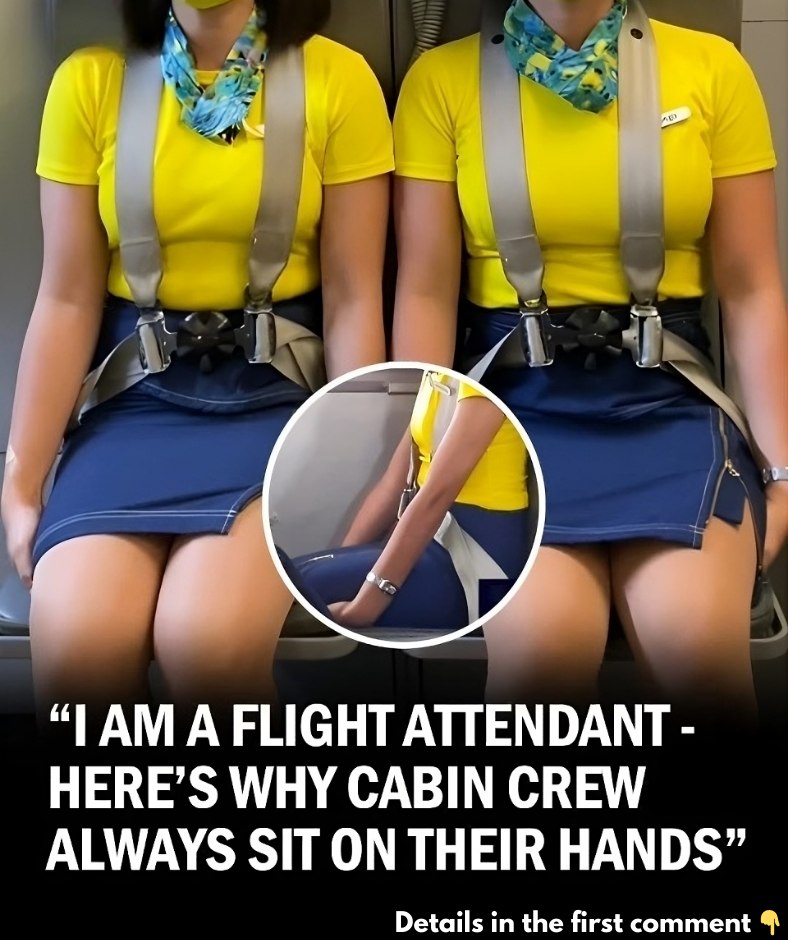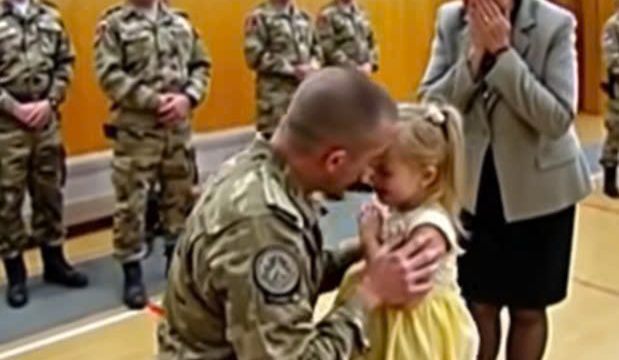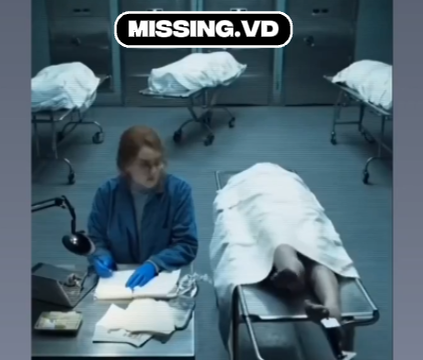Air travel involves numerous safety procedures, many of which passengers might overlook. One curious behavior that often catches travelers’ attention is when flight attendants sit on their hands during takeoff and landing. While it may seem unusual at first, this practice plays a vital role in flight safety. In this article, we’ll uncover why flight attendants do this, explore their role in ensuring passenger safety, and understand the extensive training behind these safety measures.

What Is the Bracing Position?
The bracing position, as explained by flight attendant Henny Lim in a viral TikTok video, is a standard safety protocol used during critical flight phases like takeoff and landing. When passengers see flight attendants fasten their seatbelts and assume this posture, they are witnessing a crucial part of safety preparation.
The position involves sitting upright, buckling the seatbelt securely, placing hands on the thighs with thumbs tucked in, and keeping the arms relaxed. Feet should be flat on the floor. This posture may appear simple, but each step is designed to provide optimal protection in emergencies.
Why Do Flight Attendants Sit on Their Hands?
One of the more puzzling aspects of the bracing position is the act of sitting on one’s hands. It’s easy to assume that flight attendants do this for comfort, but the actual reason is far more strategic. During a sudden impact, the body can be subjected to powerful forces, causing uncontrolled movements. By sitting on their hands, flight attendants minimize the risk of arm injuries, such as fractures or sprains, that could occur from flailing limbs or getting caught on nearby objects.
Sitting on their hands also helps flight attendants maintain a rigid body position, which is crucial for absorbing the forces of a potential crash or rough landing. The bracing position is not only about safety for themselves; it ensures that they can effectively assist passengers in an emergency, as uninjured crew members can respond quickly and efficiently.
How the Bracing Position Enhances Safety
The bracing position serves several purposes, all centered around maximizing safety during takeoff and landing, which are the most critical phases of any flight.
- Minimizing Movement: By adopting the bracing position, flight attendants limit the potential for uncontrolled body movements that could result in injury.
- Preparing for Impact: This posture helps flight attendants protect themselves from severe injuries. For instance, by keeping the head pressed against a firm surface, they can reduce the risk of head trauma during a sudden impact.
- Ensuring Readiness: By staying in this position, flight attendants are prepared to act swiftly in an emergency, minimizing the time needed to assist passengers.
The Role of Silent Review
While passengers may think that flight attendants are merely sitting and waiting during takeoff and landing, they are actually engaged in a “silent review.” This involves mentally rehearsing emergency procedures, reviewing the location and operation of safety equipment, and observing the cabin and surroundings for potential issues.
During silent review, flight attendants also think through the steps for opening emergency exits, review evacuation commands, and stay alert for any signs of distress outside the aircraft. This mental preparation allows them to spring into action with clear and focused responses if an emergency arises.
FAA Guidelines on the Bracing Position
The importance of the bracing position is underscored by regulatory bodies like the Federal Aviation Administration (FAA). According to the FAA, the bracing position is designed to minimize “flailing,” or uncontrolled limb movements, during an impact. These movements can lead to further injuries, but by adopting the bracing posture, both flight attendants and passengers can reduce this risk.
The FAA also emphasizes that the bracing position helps mitigate “secondary impact injuries.” These injuries occur when the body hits another object after the initial impact. For example, pressing the head against a firm surface can lessen the severity of injuries if the head strikes a seat or bulkhead during a collision.
Insights from Flight Attendants
Flight attendants like Henny Lim often use social media to demystify the safety procedures that passengers are unaware of. Lim’s explanation of the bracing position is just one example of how cabin crew members share insights about their training and responsibilities. Another flight attendant, Destanie, has shared stories about balancing passenger requests with safety protocols, offering a glimpse into the unique challenges of their job.
These insights highlight the crucial role that flight attendants play in maintaining safety, especially during takeoff and landing, when risks are slightly higher.
The Challenges and Rewards of Being a Flight Attendant
Flight attendants frequently discuss the challenges of their profession, from dealing with difficult passengers to managing long shifts. Despite these hurdles, many find their work deeply fulfilling. The opportunity to travel, meet people, and work in a dynamic environment provides unique experiences. Yet, the primary focus always remains passenger safety.
The meticulous safety procedures, such as the bracing position, are where their extensive training truly shines. Even in the most challenging situations, flight attendants maintain their composure, demonstrating an unwavering commitment to passenger well-being.
Conclusion: The Bracing Position Is Essential
The practice of sitting on hands during takeoff and landing is not just a quirky habit; it’s a vital safety measure. By adopting the bracing position, flight attendants minimize the risk of injuries and prepare themselves to act quickly in emergencies. The combination of bracing posture and silent review ensures that flight attendants are ready to respond to any situation, protecting passengers and themselves at 30,000 feet.
Next time you board a plane, take a moment to appreciate the rigorous training and attention to detail behind these safety protocols. Flight attendants are more than friendly faces serving drinks—they are highly trained professionals dedicated to ensuring your safety in the skies.





